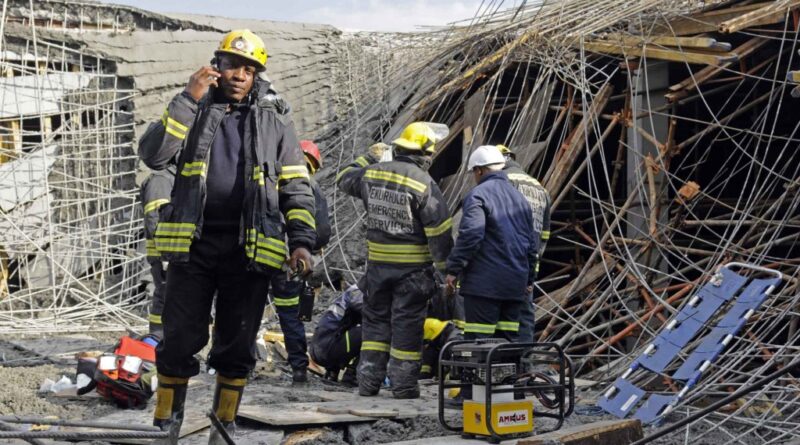In the vast landscape of urban development, the stability of our buildings stands as a testament to human ingenuity and the pursuit of safety. Yet, when these structures fail, the consequences are not just physical but resonate deeply within our collective psyche.
Building collapses challenge our trust in architectural expertise and regulatory oversight. They beckon urgent questions and demand answers.
Delving into building collapse investigations illuminates this quest for understanding. These thorough probes navigate engineering intricacies, legal frameworks, and societal impacts, seeking clarity amidst chaos.
The Immediate Aftermath of a Collapse
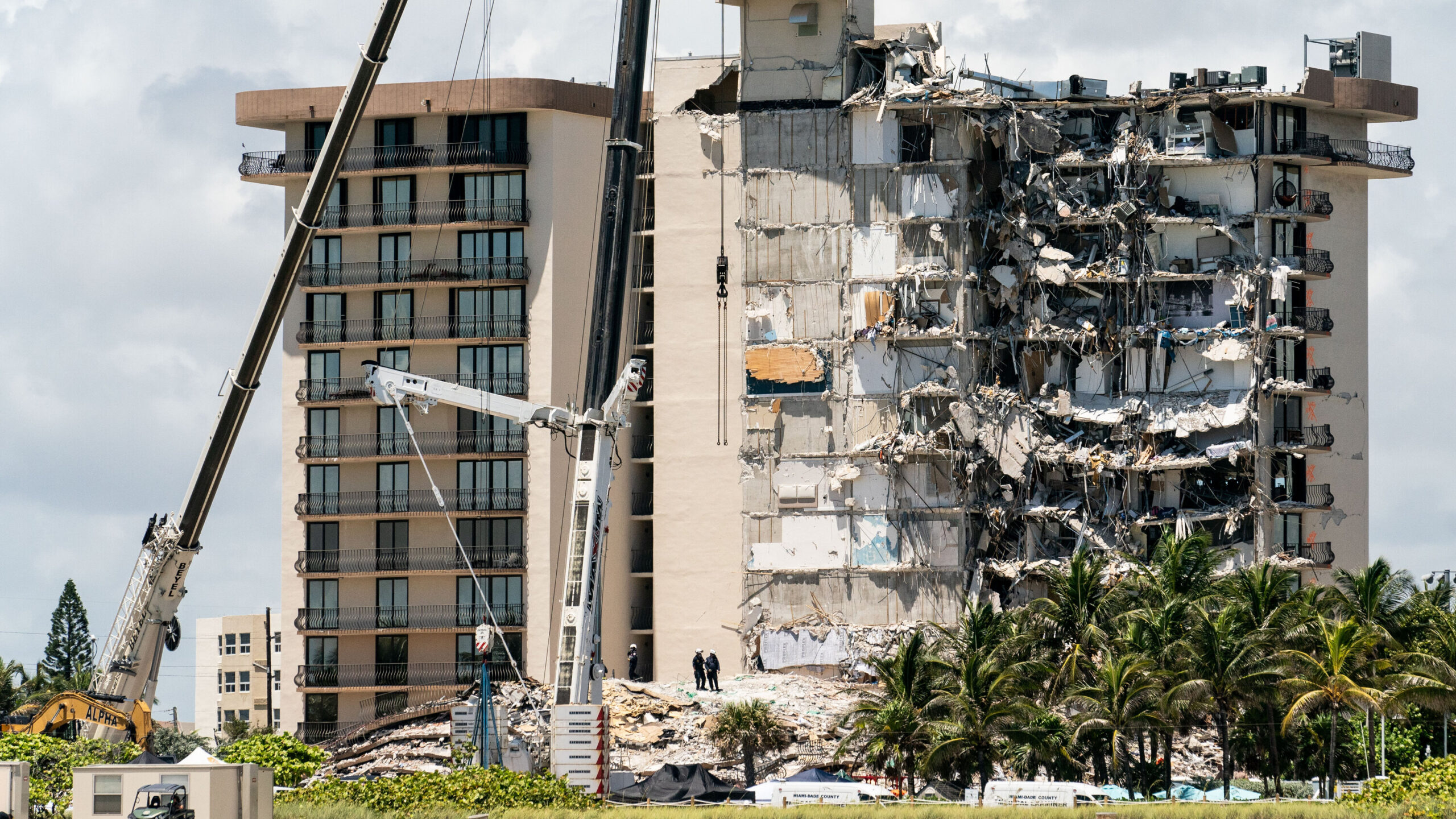
source: pinterest.com
As the dust settles post-collapse, the first and foremost concern is human safety. Rapid response teams, often comprising local emergency services, dive into action, working against the clock to rescue trapped victims.
Concurrently, experts start assessing the site’s stability, ensuring that rescue operations can proceed without further endangering lives.
While these operations are vital, so is the meticulous task of preserving evidence. Much like a crime scene, the integrity of the collapse site is paramount. The initial hours can offer invaluable clues about the collapse’s origin and progression.
Experts therefore document the scene comprehensively, using photographs, drone footage, and witness accounts. Physical evidence, like broken pillars or failed foundation points, is carefully marked for future analysis.
Primary Causes of Building Collapses
Building collapses can result from natural events or human mistakes. Natural causes include earthquakes, floods, and extreme weather that push structures beyond their limits.
On the human side, factors range from subpar construction and design oversights to overloading and foundational errors. Aging infrastructure, combined with neglect in maintenance, can also lead to deterioration and eventual collapse.
Typically, it’s a combination of several issues that culminate in a building’s downfall, underscoring the importance of thorough investigations to pinpoint all contributing factors.
The Investigation Process: A Step-by-Step Overview
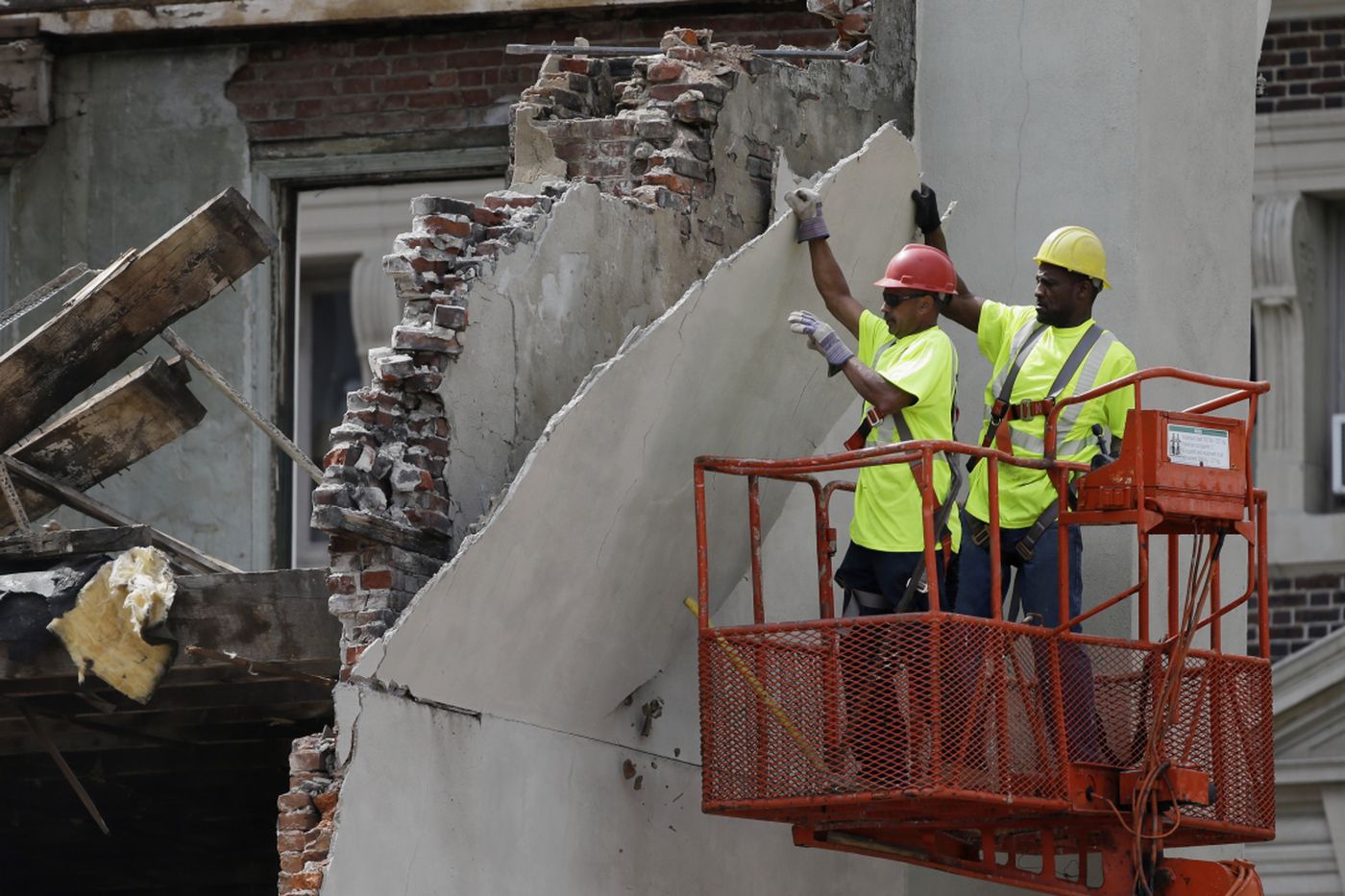
source: pinterest.com
The meticulous process of investigating a building collapse blends engineering prowess with forensic detective work. The journey often unfolds as follows:
- Initial Data Collection: As soon as the site becomes accessible, investigators document everything. This includes photographs, videos, and sketches of the debris and its arrangement, paired with firsthand accounts from witnesses and survivors.
- Forensic Engineers at Work: These specialists assess structural remains, searching for telltale signs of failure modes. Their expertise allows them to deduce how certain parts of the building behaved in the moments leading up to the collapse.
- Sample Collection and Testing: Fragments of the building, like concrete, steel, or wood, are sent to labs. Here, they undergo tests to gauge properties like strength, flexibility, and composition, revealing if material quality played a role in the collapse.
- Technological Assistance: Modern tools, such as 3D modeling software and drones, provide bird’s-eye views and simulations. This technology can recreate the collapse sequence, offering insights into the event’s dynamics.
- Geotechnical Analysis: The earth beneath the building is also scrutinized. This helps ascertain if soil conditions, water infiltration, or underground movements contributed to the structure’s failure.
The Multidisciplinary Nature of Investigations
Building collapse investigations require a tapestry of expertise. Engineers diagnose structural failures, while architects assess if the design aligned with safety norms.
Material scientists analyze the quality and resilience of used materials. Simultaneously, legal experts delve into compliance, permits, and potential negligence, bridging technical findings with legal ramifications.
Collaboration with local authorities ensures streamlined processes and effective evidence preservation. This blend of disciplines ensures that investigations are thorough, holistic, and grounded in varied perspectives, aiming to unravel the multifaceted reasons behind a building’s tragic end.
Challenges in Building Collapse Investigations
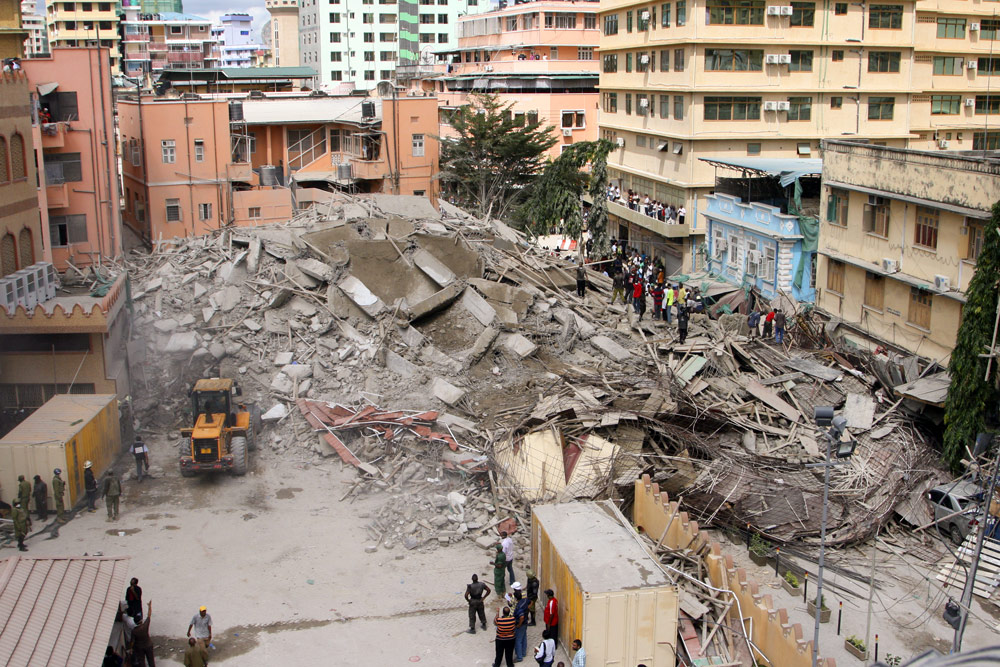
source: pinterest.com
- Access and Safety Concerns: The compromised stability of a collapse site can hinder immediate investigation, posing risks to investigators.
- Evidence Preservation: Ensuring that crucial evidence isn’t disturbed during rescue operations or by weather conditions.
- Multiple Contributing Factors: Determining the primary cause when several issues might have played a role.
- Interpretation of Findings: Different experts may have varied interpretations of the same evidence.
- Emotional Dynamics: Engaging with traumatized witnesses or affected families can be challenging and emotionally taxing.
- Time Constraints: Pressure to determine causes quickly, especially when public and media scrutiny is intense.
- Technical Limitations: Sometimes available technology may not be sufficient to recreate or understand certain collapse scenarios.
- Regulatory Ambiguities: Overlapping or unclear building codes and standards can complicate assessments of compliance or negligence.
Legal and Regulatory Implications
Findings from building collapse investigations often reverberate beyond immediate remedial actions, casting ripples into the realms of law and policy. These findings can lead to lawsuits, pinpointing responsibility and seeking justice for affected parties.
Moreover, they can influence changes in building codes, urging the adoption of stricter and more updated standards. Regulatory bodies might intensify their monitoring mechanisms, while construction firms may be compelled to adopt more rigorous safety audits.
As a result, investigations not only elucidate the causes behind a collapse but also drive systemic changes, fostering an environment where safety and compliance take precedence over all else.
The Way Forward: Preventing Future Collapses
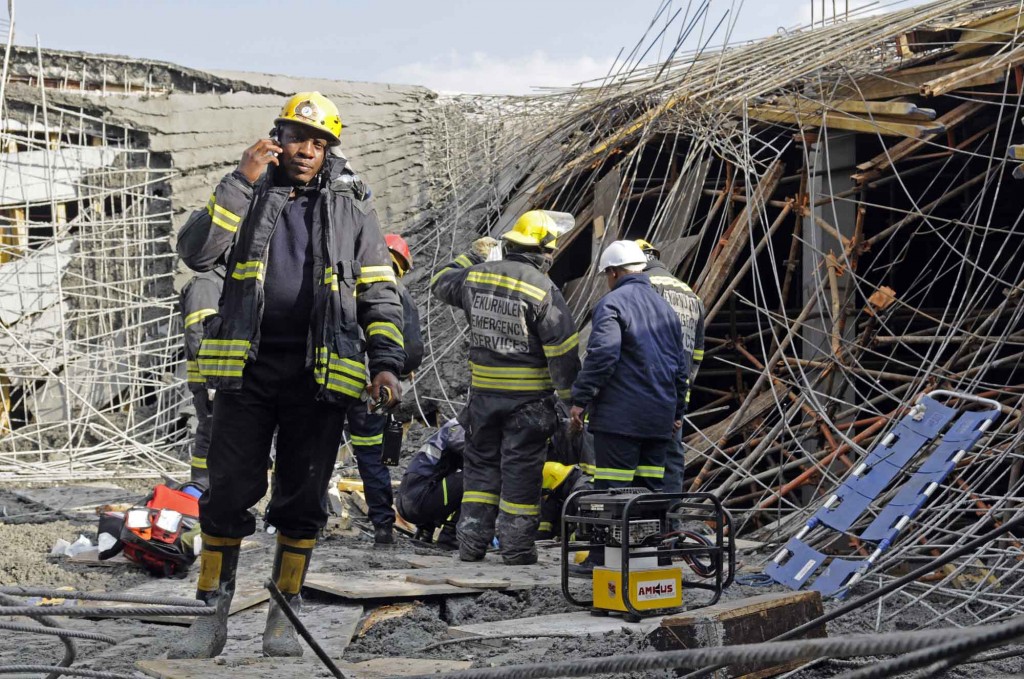
source: pinterest.com
The ultimate objective of any building collapse investigation is prevention. Learning from past incidents, there’s an emphasis on championing stringent building codes and promoting regular inspections.
Innovations in construction technology offer enhanced monitoring tools, like sensors to detect structural weaknesses early on. Emphasizing education, construction firms and engineers are continually upskilled to align with evolving best practices.
Public awareness campaigns highlight the importance of building safety and the signs of potential dangers. Together, these efforts forge a path towards more resilient urban landscapes, ensuring that structures are not just built to stand tall but to endure the test of time and unforeseen challenges.
Conclusion
In the intricate dance between urban development and safety, building collapse investigations play a pivotal role. These examinations are not mere post-mortems of tragedies; they are vital blueprints for future resilience.
Through them, we gain not only an understanding of what went wrong but also how to prevent similar catastrophes. By intertwining engineering, forensics, law, and public policy, we ensure that as our cities rise, they do so on the bedrock of safety, innovation, and a commitment to safeguarding every life within.

